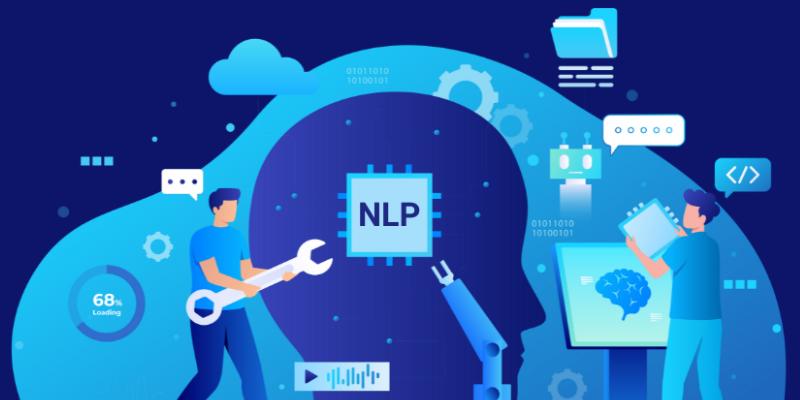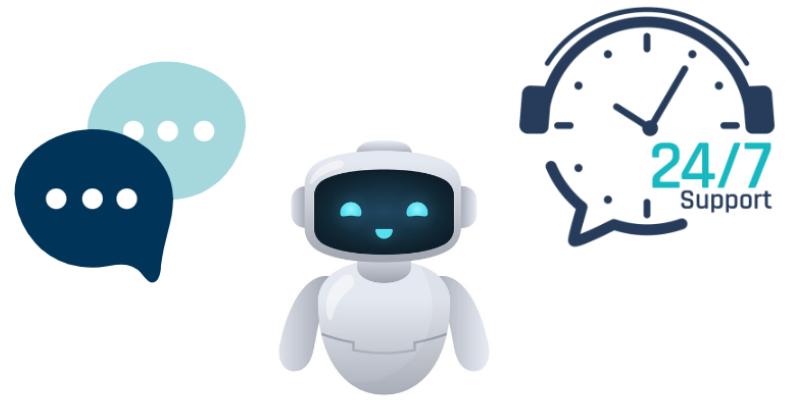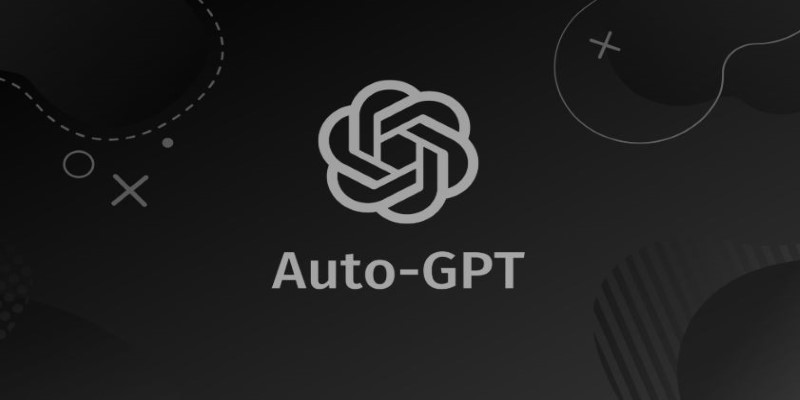Advertisement
Enterprise Resource Planning (ERP) systems have long been essential for managing complex business processes. With the rise of artificial intelligence, ERP AI chatbots are transforming how businesses interact with their ERP software. These intelligent assistants can simplify operations, enhance user experiences, and boost productivity by offering real-time data access, smart insights, and task automation through natural language conversations.
Whether you're exploring digital transformation or looking to optimize operations, ERP AI chatbots are worth your attention. In this article, we'll explore what they are, their key features, their benefits to various industries, and the top tools to consider.
ERP AI chatbots are conversational tools that use artificial intelligence (AI) to interact with ERP systems via natural language interfaces like chat windows or voice assistants. These bots serve as virtual assistants for employees, managers, or customers, making data retrieval and task management faster and easier.
Instead of navigating complex dashboards or running manual reports, users can ask the chatbot questions like:
The chatbot responds instantly, pulling data from the ERP system in real time. It can handle complex queries like [specific examples of complex queries], showcasing its ability to understand and process intricate requests.


ERP AI chatbots offer broad applicability across business functions. Here are some of the most effective use cases:
Choosing the right chatbot platform depends on your existing ERP system, business size, and goals. Below are some popular options:
Implementing an ERP AI chatbot requires a clear strategy. Here are essential tips:
ERP AI chatbots are redefining how businesses interact with complex systems. They simplify data access, automate daily operations, and provide real-time insights—all through a friendly conversation. Whether you're a growing startup or an established enterprise, integrating an AI chatbot into your ERP system can boost efficiency, lower costs, and enhance decision-making.
By choosing the right tool and following best practices, you can unlock the full potential of your ERP investment. Now's the time to embrace the future—explore ERP AI chatbots today and watch your workflows become smarter, faster, and more effective.
Advertisement

Discover how Service now is embedding generative AI across workflows to enhance productivity, automation, and user experience

Are you curious about how AI models can pick up new tasks with just a little training? Check out this beginner-friendly guide to learn how few-shot learning makes it possible.

How can ChatGPT improve your blogging in 2025? Discover 10 ways to boost productivity, create SEO-friendly content, and streamline your blogging workflow with AI.

Discover simple ways to avoid overfitting in machine learning and build models that perform well on real, unseen data every time

Discover how a steel producer uses AI to cut costs, improve quality, boost efficiency, and reduce downtime in manufacturing

Explore real vs. perceived risks of AI beyond fear-mongering and media hype in this balanced, insightful analysis.

Learn how to build a machine learning model in 7 easy steps, from defining the problem to deploying the model.

Learn the basics of Physical AI, how it's different from traditional AI, and why it's the future of smart machines.

Top AI hardware vendors join forces to compete with Nvidia and reshape the AI infrastructure market.

A venture capital firm announces funding initiatives to support early-stage startups building innovative AI tools.

Want to run Auto-GPT on Ubuntu without Docker? This step-by-step guide shows you how to install Python, clone the repo, add your API key, and get it running in minutes

Understand how mixture-of-experts models work and why they're critical to the future of scalable AI systems.